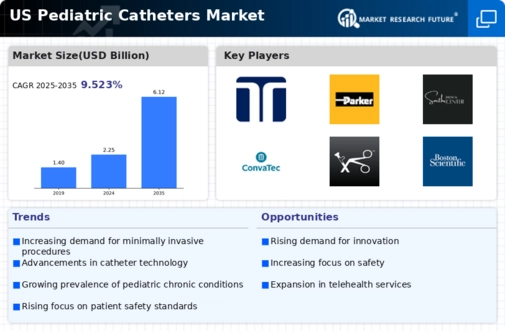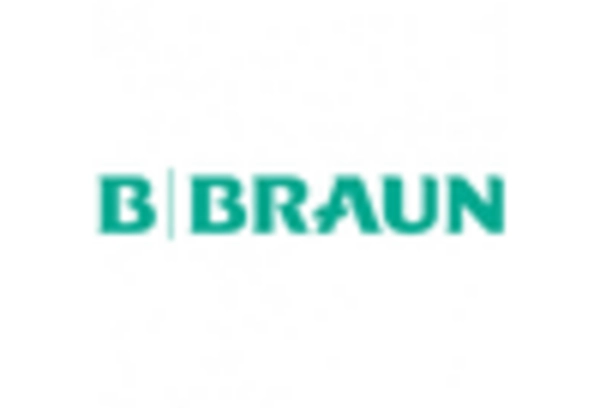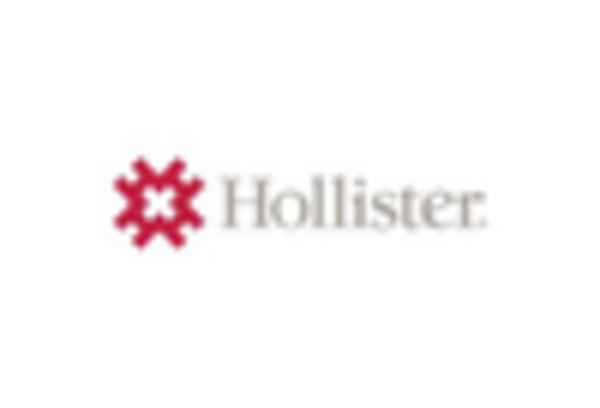Rising Pediatric Population
The increasing pediatric population in the US is a crucial driver for the pediatric catheters market. As the birth rate stabilizes and the number of children under 18 years rises, the demand for medical devices tailored for this demographic is likely to grow. According to the US Census Bureau, the population of children is projected to reach approximately 74 million by 2025. This demographic shift necessitates a corresponding increase in healthcare services, including specialized medical devices like catheters. The pediatric catheters market must adapt to this growing population by ensuring adequate supply and innovation in product offerings to meet the unique needs of younger patients.
Increase in Chronic Pediatric Conditions
The rise in chronic pediatric conditions, such as congenital heart defects and diabetes, is a significant driver for the pediatric catheters market. As more children are diagnosed with these long-term health issues, the need for effective management solutions, including catheters, becomes paramount. The Centers for Disease Control and Prevention (CDC) reports that chronic conditions are increasingly prevalent among children, necessitating ongoing medical interventions. This trend creates a sustained demand for pediatric catheters, as healthcare providers seek reliable and safe options for managing these conditions. The pediatric catheters market must focus on developing products that cater to the specific needs of these patients.
Regulatory Support for Pediatric Devices
Regulatory support for pediatric medical devices is a vital driver for the pediatric catheters market. The US Food and Drug Administration (FDA) has implemented initiatives aimed at facilitating the development and approval of devices specifically designed for children. This regulatory environment encourages innovation and investment in pediatric healthcare solutions. By streamlining the approval process and providing guidance for manufacturers, the FDA helps ensure that safe and effective products reach the market more quickly. As a result, the pediatric catheters market is likely to see an influx of new products that meet the stringent requirements set forth by regulatory bodies, ultimately benefiting patient care.
Growing Awareness of Pediatric Healthcare
There is a growing awareness of pediatric healthcare needs among parents and healthcare providers, which is driving the pediatric catheters market. Increased education about the importance of specialized medical care for children has led to higher demand for pediatric-specific products. This trend is reflected in the rising number of pediatric healthcare facilities and specialized clinics across the US. As parents become more informed about their children's health, they are more likely to seek out advanced medical solutions, including catheters designed specifically for pediatric use. The pediatric catheters market must capitalize on this awareness by promoting the benefits of specialized products.
Technological Innovations in Catheter Design
Technological advancements in catheter design are significantly influencing the pediatric catheters market. Innovations such as biocompatible materials, antimicrobial coatings, and improved catheter flexibility enhance patient comfort and reduce the risk of complications. The market is witnessing a shift towards devices that minimize trauma and improve ease of use for healthcare providers. For instance, the introduction of catheters with integrated sensors for real-time monitoring is gaining traction. These innovations not only improve patient outcomes but also align with the increasing focus on patient-centered care in pediatric settings. The pediatric catheters market must continue to invest in research and development to stay competitive.

















Leave a Comment